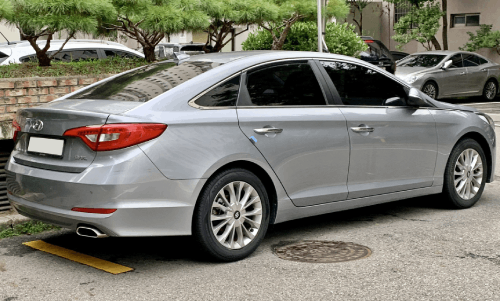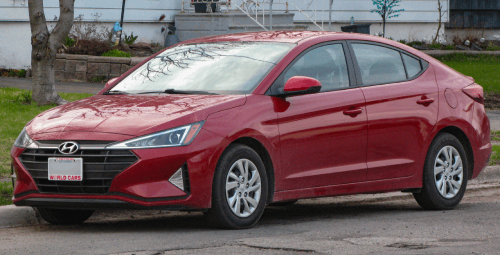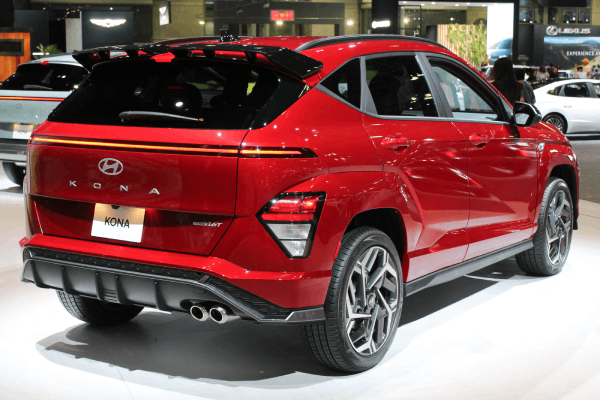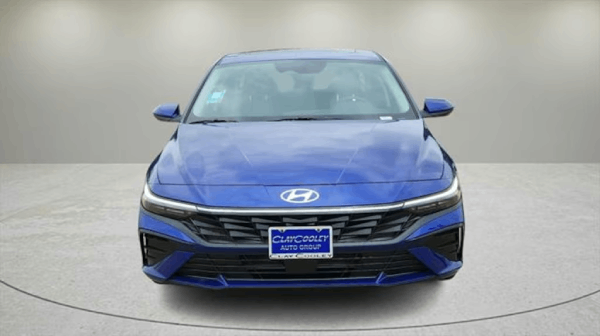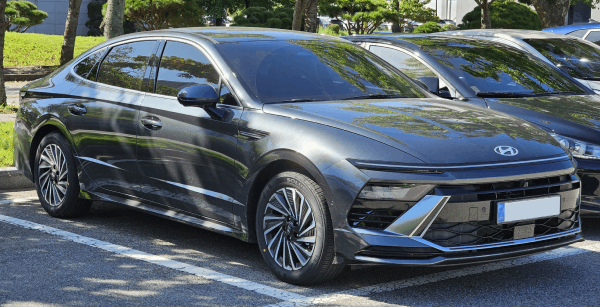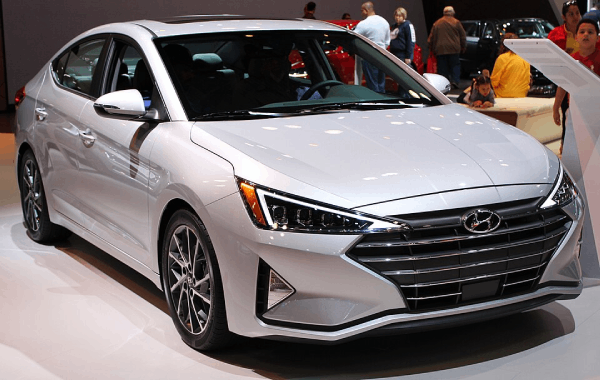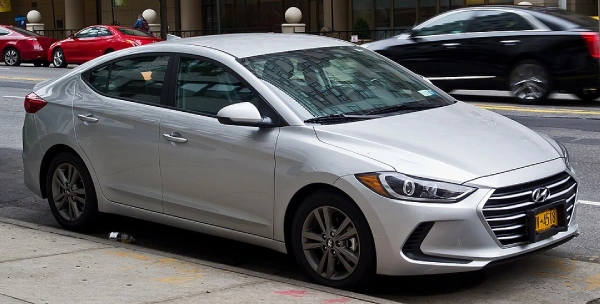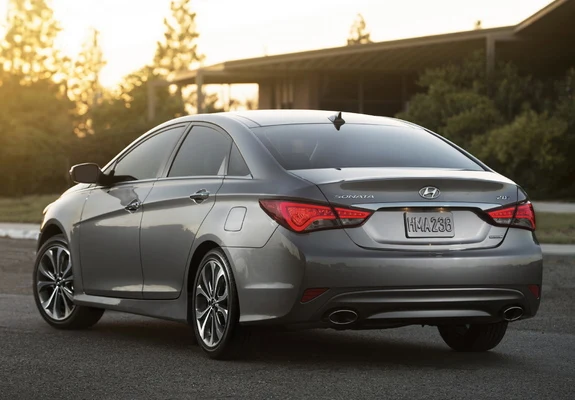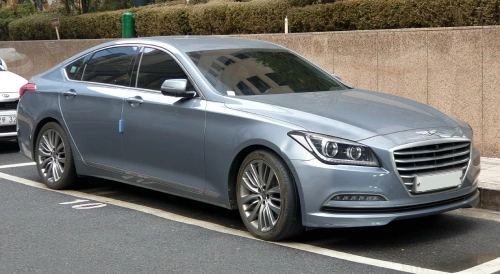Table of Contents
- How Dependable Is The Hyundai Sonata?
- In comparison to other sedans, how reliable is the Hyundai Sonata?
- What are the typical reliability problems with the Hyundai Sonata?
- Common problems with the Hyundai Sonata’s dependability include:
- How Is Dependability Supported by the Hyundai Sonata’s Warranty?
- What Effect Does the Hyundai Sonata’s Dependability Have on Ownership Expenses?
- How to Keep the Hyundai Sonata Dependable
The Hyundai Sonata is a midsize sedan that is renowned for its many technological features, fashionable appearance, and comfortable ride.
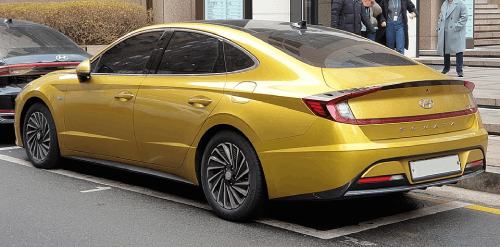
With a RepairPal rating of 4.0 out of 5.0, the Hyundai Sonata is regarded as dependable. Among midsize automobiles, it comes in fifth place. Consumer Reports and hyundaifans have given it above-average reliability ratings, and there haven’t been many significant problems noted over the years.
Perform routine maintenance on the Hyundai Sonata, such as tire rotations, brake inspections, and oil changes. To guarantee optimum performance and dependability, adhere to the manufacturer’s suggested servicing.
How Dependable Is The Hyundai Sonata?
The Hyundai Sonata is known for its dependability. With a rating of 4.0 out of 5.0, RepairPal ranks it fifth among midsize vehicles. Its average yearly repair expenses are low, at $458. The Sonata’s consistent build quality and long-term performance are reflected in its above-average reliability rating from J.D. Power.
Based on historical statistics for the Sonata, Consumer Reports also projects average reliability for the 2024 model. This midsize sedan has received accolades for its roomy cabin, smooth ride, and numerous standard equipment, all of which increase its attractiveness to buyers.
Read More: 2017 Hyundai Sonata: A Detailed Analysis and Review: Hyundai Sonata Dependability: Crucial Details
Multiple elements influence the Sonata’s dependability. First, Hyundai provides a 10-year, 100,000-mile powertrain warranty, one of the finest in the automotive business. This guarantee demonstrates the manufacturer’s faith in the dependability and longevity of its automobiles.
Furthermore, according to consumer-reported dependability surveys, the Sonata has a lower-than-average rate of major repairs and troubles, suggesting that it has fewer issues over time than its rivals. The Sonata’s dependability varies by year and model, though, just like any other car. Certain model years have been the focus of recalls or have been identified as having particular problems.
In comparison to other sedans, how reliable is the Hyundai Sonata?
When compared to other vehicles in its class, the Hyundai Sonata performs admirably. It ranks fifth out of 24 midsize automobiles with a reliability rating of 4.0 out of 5.0, according to RepairPal. The average yearly maintenance costs are minimal, at $458.
The Hyundai Sonata frequently has above-average reliability ratings when compared to rival cars. The Sonata has continuously received high ratings from Consumer Reports, demonstrating its dependability in the cutthroat midsize sedan market. The Sonata has also received good ratings for dependability from hyundaifans, highlighting its success in important domains like design, performance, and quality.
These honors from respectable trade publications demonstrate Sonata’s resilience and dependability in contrast to its contemporaries. This favorable review, together with Hyundai’s outstanding warranty coverage, puts the Sonata in a competitive position and makes it a desirable option for buyers who value dependability when choosing a car.
What are the typical reliability problems with the Hyundai Sonata?
Engine, gearbox, and electrical system faults are among the Hyundai Sonata’s frequent dependability problems. Even though these problems are not common, they highlight how crucial it is to do routine maintenance and pay close attention to recall warnings in order to guarantee the Sonata’s dependability over time.
Common problems with the Hyundai Sonata’s dependability include:
Engine issues: With documented failures and recalls, engine issues have become a significant worry for certain Hyundai Sonata models. These problems must be addressed right away because they may impair the car’s general dependability and performance.
Transmission issues include shifting failures and delays. These issues might affect the vehicle’s dependability by making driving less comfortable and possibly necessitating expensive repairs.
Issues with the electrical system: There have been reports of electrical system issues, particularly with the infotainment system. The overall driving experience can be negatively impacted by glitches and failures in this area, which can affect how easy it is to use and enjoy the car’s technological features.
How Is Dependability Supported by the Hyundai Sonata’s Warranty?
Reliability is supported by the Hyundai Sonata’s powertrain and new car warranties. One of the industry’s most substantial powertrain warranties, spanning 10 years and 100,000 miles, provides long-term protection against significant mechanical breakdowns.
This coverage gives customers peace of mind about the long-term performance and dependability of their vehicle by ensuring that essential powertrain components are protected against material or workmanship flaws.
Additionally, the 5-year/60,000-mile new vehicle warranty covers almost every new part of the car, except the powertrain. This covers any repairs that are required because of flaws in the manufacturer or craftsmanship, ranging from the paint and battery to the audio and infotainment systems.
Hyundai’s confidence in the dependability of its cars is reflected in this broad warranty coverage. Customers who value dependability will find the Sonata to be a much more alluring option because it also lowers ownership expenses and worries about possible repairs.
What Effect Does the Hyundai Sonata’s Dependability Have on Ownership Expenses?
Lower maintenance and repair expenses, increased resale value, and warranty coverage are some of the ways that the Hyundai Sonata’s dependability affects ownership costs. One important consideration for prospective purchasers is the Hyundai Sonata’s dependability, which has a direct impact on ownership expenses.
Over the course of their lives, cars with higher reliability ratings—like the Sonata—have reduced maintenance and repair expenses. This is because there are fewer mechanical breakdowns and fewer parts that need to be replaced.
Furthermore, the Sonata’s extensive warranty coverage, which covers significant repairs for extended periods of time, helps to further reduce these expenses. Furthermore, a dependable car’s total value proposition is improved by its higher resale value.
As a result, the Sonata’s dependability not only offers owners peace of mind but also results in real financial advantages, such as lower unforeseen costs and improved long-term investment retention.
An Analysis of Various Hyundai Sonata Model Years
Thanks to Hyundai’s dedication to quality and technical developments, the reliability of the Hyundai Sonata has significantly improved in recent models. Strong reliability ratings are a result of these newer Sonatas’ improved safety systems, more potent engines, and upscale interiors.
However, there are known problems and recalls with earlier vehicles, especially with the engine and transmission. But when properly maintained, even these machines retain a decent degree of reliability.
This comparison highlights how crucial it is to take model year changes into account when evaluating the Sonata’s dependability. Hyundai has improved the overall quality of its well-liked sedan and addressed previous issues in significant ways.
How to Keep the Hyundai Sonata Dependable
Maintaining the Hyundai Sonata’s dependability requires proactive handling of recall notifications and consistent maintenance plans. The lifespan of the vehicle can be extended, and typical problems can be avoided with key intervals for routine inspections and servicing.
Quick response to recall notifications guarantees that any issues are resolved quickly, protecting the vehicle’s dependability and performance.
Furthermore, choosing original components for repairs or replacements ensures compatibility and durability, which strengthens the Sonata’s dependability over time. In addition to maintaining the vehicle’s condition, this strategy makes ownership more enjoyable.
Read More: Top Features of the 2023 Hyundai Sonata You Need to Know
Read More:Expert Review of the 2023 Hyundai Sonata
Read More:2009 Hyundai Sonata Price, configurations & Reviews: Hyundai Sonata Dependability: Crucial Details
